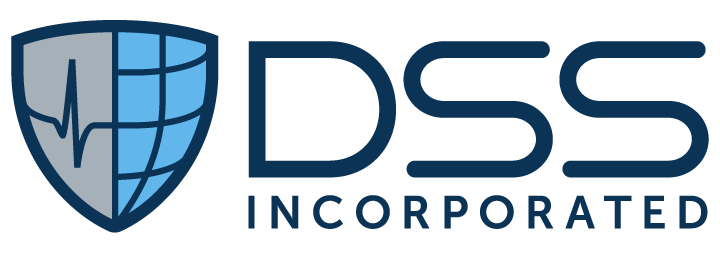Connected Care for the Patient using Direct Messaging
In an ongoing effort to provide the best patient care, healthcare facilities must stay current with the latest advances in health care technology. One of the fastest growing, and most effective tools in the industry is Direct Messaging. Think of it as “encrypted email” for health care records, allowing health care providers and other trusted users to safely and securely exchange patient information. In a recent article the DirectTrust Organization, a health care industry alliance created by and for participants in the Direct exchange network, demonstrated just how rapidly and expansively Direct Messaging is growing.
According to the end of the 2Q 2016 metrics, the number of health care organizations served by DirectTrust Health Information Service Providers (HISPs) and engaged in Direct exchanges increased 40%, compared with the same time last year. The number of trusted Direct addresses able to share PHI grew 49%, to nearly 1.3 million by the end of Q2 2016.
There were nearly 24 million Direct exchange transactions in Q2 2016 alone, an increase of nearly 79% over the same period last year.
This growth is hardly a mystery, as the advantages of Direct Messaging are clear and numerous:
Less time spent handling paper records
Better transition of patient care
Closes the gap between providers
Eliminates unnecessary or duplicate testing
Assures a more complete and usable patient record for providers
Enables more efficient structured, standards-based communication
Large scale healthcare organizations like the Department of Veterans Affairs (VA) could benefit enormously from incorporating Direct Messaging. It would enable them to share health information with other government agencies and private sector healthcare entities through Continuity of Care Documents promoting a secure, standards-based exchange. This would improve the data content delivered securely to outside providers, which would be ingested into other EHRs and ultimately become part of a patient’s combined health record.
The HL7 Organization recently challenged our community to develop tools that would render clinically relevant data to providers. Application-based, focused, standard content is the next step for VA’s electronic health system on the path to interoperability. Do you agree?
